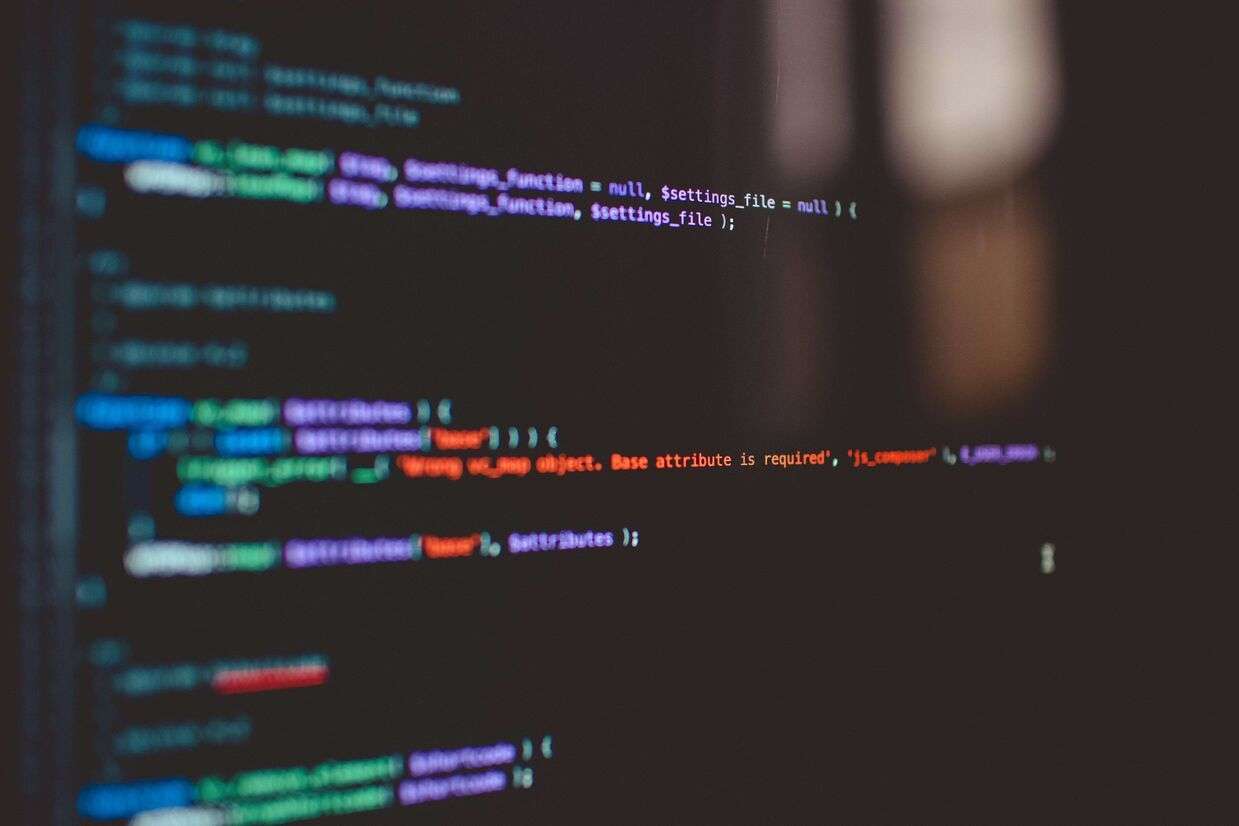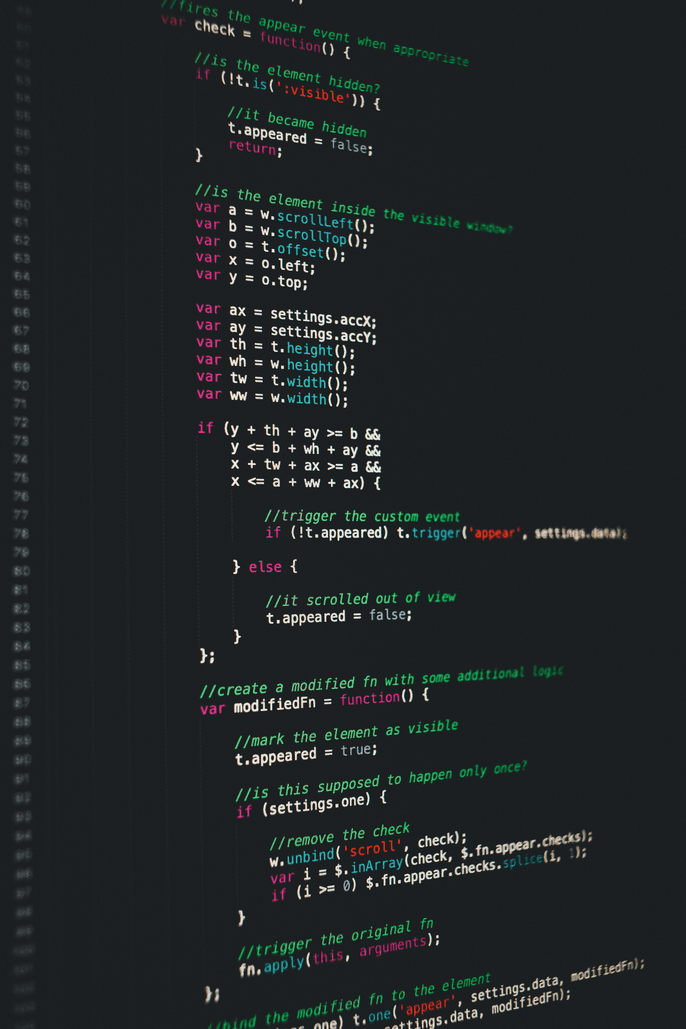
Laravel is renowned for its elegance, simplicity, and robust features that facilitate web application development. As one of the leading PHP frameworks, Laravel continually evolves to incorporate the latest advancements in web technology, improve performance, and enhance developer experience. This article discusses how developers can enhance their existing Laravel applications by leveraging the latest updates, ensuring that their projects remain modern, efficient, and secure.
Understanding Laravel's Update Cycle
Laravel follows a regular release cycle, providing new features, improvements, and bug fixes at consistent intervals. The framework's major versions are typically released every six months, with each release introducing a host of new features that can significantly enhance application functionality and performance. Staying updated with these releases is crucial for maintaining the longevity and relevance of your application.
Key Updates in the Latest Laravel Versions
-
Improved Performance: The latest versions of Laravel have introduced several optimizations that enhance application performance. These include improved query performance, enhanced caching strategies, and optimizations for data retrieval. By updating your application, you can leverage these improvements, leading to faster response times and a better user experience.
-
New Features: Each Laravel release comes with exciting new features. For instance, recent versions have introduced features like Laravel Jetstream for building modern authentication systems, Livewire for dynamic interfaces, and improved support for job queues and event broadcasting. Integrating these features can significantly enhance the functionality of your application.
-
Enhanced Security: Laravel is committed to providing a secure framework for developers. The latest updates often include security enhancements, such as improved encryption algorithms, updated authentication methods, and features that help protect against common vulnerabilities. By updating your application, you ensure that you are using the most secure practices available.
-
Simplified Testing: Laravel's testing capabilities have become increasingly sophisticated with recent updates. New features facilitate easier testing of your applications, allowing developers to catch bugs earlier in the development process. Leveraging these testing tools can help ensure your application remains robust and reliable.
Steps to Enhance Your Existing Application
-
Update Your Dependencies: Before diving into the latest features, ensure that all your application dependencies, including Laravel itself, are up to date. This includes third-party packages and libraries that your application relies on. Use Composer to manage and update these dependencies effectively.
-
Review the Upgrade Guide: Each Laravel release comes with an upgrade guide that outlines the changes and potential breaking changes between versions. Review this guide carefully to understand what modifications are necessary for your application to remain functional after the update.
-
Refactor Your Codebase: Take the opportunity to refactor your code as you implement the latest updates. This can include removing deprecated features, optimizing code for performance, and ensuring that you adhere to best practices. A clean, well-structured codebase enhances maintainability and makes it easier to integrate new features.
-
Leverage New Features: Identify the new features introduced in the latest version of Laravel that can benefit your application. For instance, if you’re not using Laravel Jetstream, consider implementing it for enhanced authentication options. Similarly, evaluate how Livewire can simplify front-end interactions within your application.
-
Conduct Thorough Testing: After implementing updates and new features, it’s essential to conduct thorough testing to ensure everything functions as expected. This includes unit tests, feature tests, and end-to-end tests. Laravel’s testing framework makes it easy to write and execute tests, allowing you to verify that your application remains stable after the updates.
-
Optimize Performance: Use profiling tools to identify any performance bottlenecks within your application. Laravel offers built-in tools like Telescope to monitor application performance. Take the insights gained from these tools to optimize your application further.
-
Stay Informed: Keep an eye on the Laravel community for updates, best practices, and new packages that can enhance your application. Engaging with the community through forums, blogs, and conferences can provide valuable insights and inspiration for your projects.
Conclusion
Enhancing your existing Laravel application with the latest updates is crucial for maintaining its performance, security, and relevance in a rapidly evolving web development landscape. By embracing the new features and improvements offered by each Laravel release, you can significantly elevate your application’s capabilities and user experience. Regularly updating your application, refactoring your code, and leveraging the latest tools and features will ensure that your Laravel project remains modern and effective in meeting user needs. As the framework continues to evolve, staying up to date with the latest developments will empower you to build better, more efficient applications for years to come.



